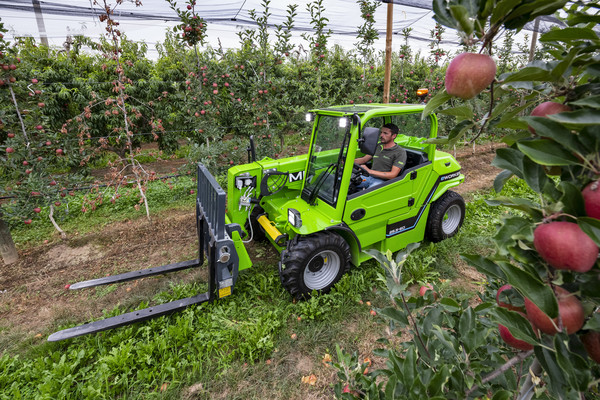
The agriculture to come: FAO trends for the 2023-2032 decade
Global agricultural production is estimated to grow by 1.1% over the next years. According to FAO and OECD, this increase will not compensate for the growth in demand (+1.3% by 2032). Productivity, innovation and decarbonisation the key factors for ensuring food security
Over the next ten years, global agricultural production is set to continue its growth (+1.1% per year), but at a lower rate than that recorded between 2005 and 2015 (+2.2%), not enough to meet the simultaneous increase in food consumption (+1.3%). This is the scenario outlined by the OECD (Organisation for Economic Co-operation and Development) and the FAO with the Agricultural Outlook 2023-32, a report analysing development trends in the world primary sector in the medium to long term. In the near future - reads the report - the performance of the agricultural sector will be conditioned not only by the variables related to the volatility of agricultural prices and increases in the price of raw materials and inputs, but also by the tensions that are manifesting themselves on the geopolitical scene and the consequences of climate change.
Moreover - FAO and OECD warn - the estimates in the report may be optimistic, since they are based on the assumption that the economic and political framework is moving towards a gradual stabilisation and tends to maintain a certain equilibrium also in the medium term. In the event of further sudden shocks, due - for example - to an inflationary backlash or heightened international tensions, the figure for agricultural production could be revised downwards. What worries FAO and OECD analysts is above all the price development of agricultural inputs. The two organisations have calculated that a 10% increase in the cost of fertilisers could translate into an average 2% increase in the final price of foodstuffs. "The increase in input prices over the past two years - warns OECD Secretary General Mathias Cormann - has called into question the resilience of the global agricultural system". According to the two international organisations, in order to achieve the long-term goals of food security and sustainability, it is necessary on the one hand to invest in innovation and focus on increasing productivity, and on the other hand to reduce the 'carbon footprint' of the global primary sector.
New consumption styles
The report produced by FAO and OECD also offers a snapshot of the change in consumption trends, which has already been underway for some time and which sees a significant, progressive decline in the demand for cereals. By 2032 - the report says - only 41% of total cereal production will be used for human consumption, while the remaining 59% will be used for animal feed (37%) and other industrial uses (22%). On the other hand, according to the estimates of the two international organisations, consumption (and overall production) of both sugar and meat would appear to grow, but this would be highly polarised. Driving the demand for both would be the emerging countries of Africa and Asia, while Western Europe and North America would be characterised by a reduction in consumption of both products.
Agriculture is becoming increasingly 'green', but not for everyone
With the increase in overall agricultural production, the production of climate-changing gases is also set to increase (+7.5% by 2032), albeit at a much lower growth rate than expected. In short, according to FAO and OECD forecasts, over the next ten years the primary sector should begin to reduce its carbon footprint, which, the organisations point out, is mainly produced by the livestock sector (86% of all greenhouse gases in the global agricultural sector). However, the decarbonisation process of agriculture will be spotty, with a major reduction in GHG emissions mainly in North America. This is not expected to be the case in sub-Saharan African and Latin American countries, where GHG emissions are estimated to grow. This is a clearly counter-trend phenomenon, which once again indicates the need to renew and modernise emerging production systems with major investments in technology.








